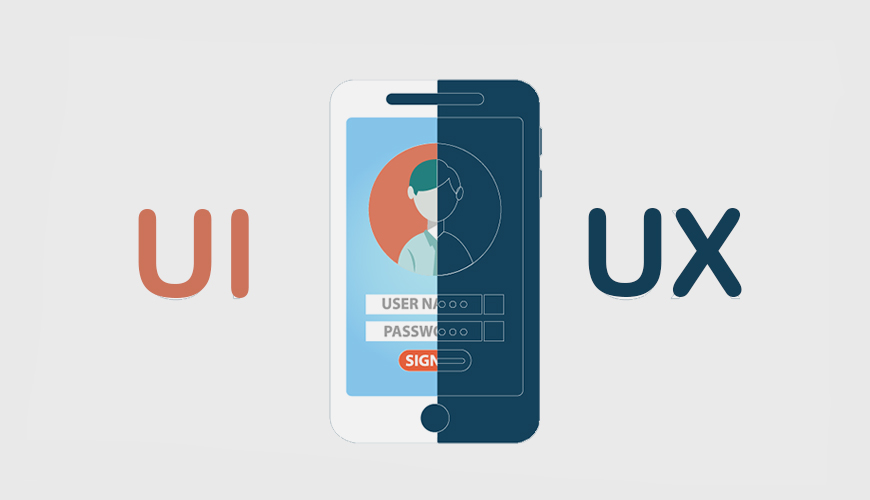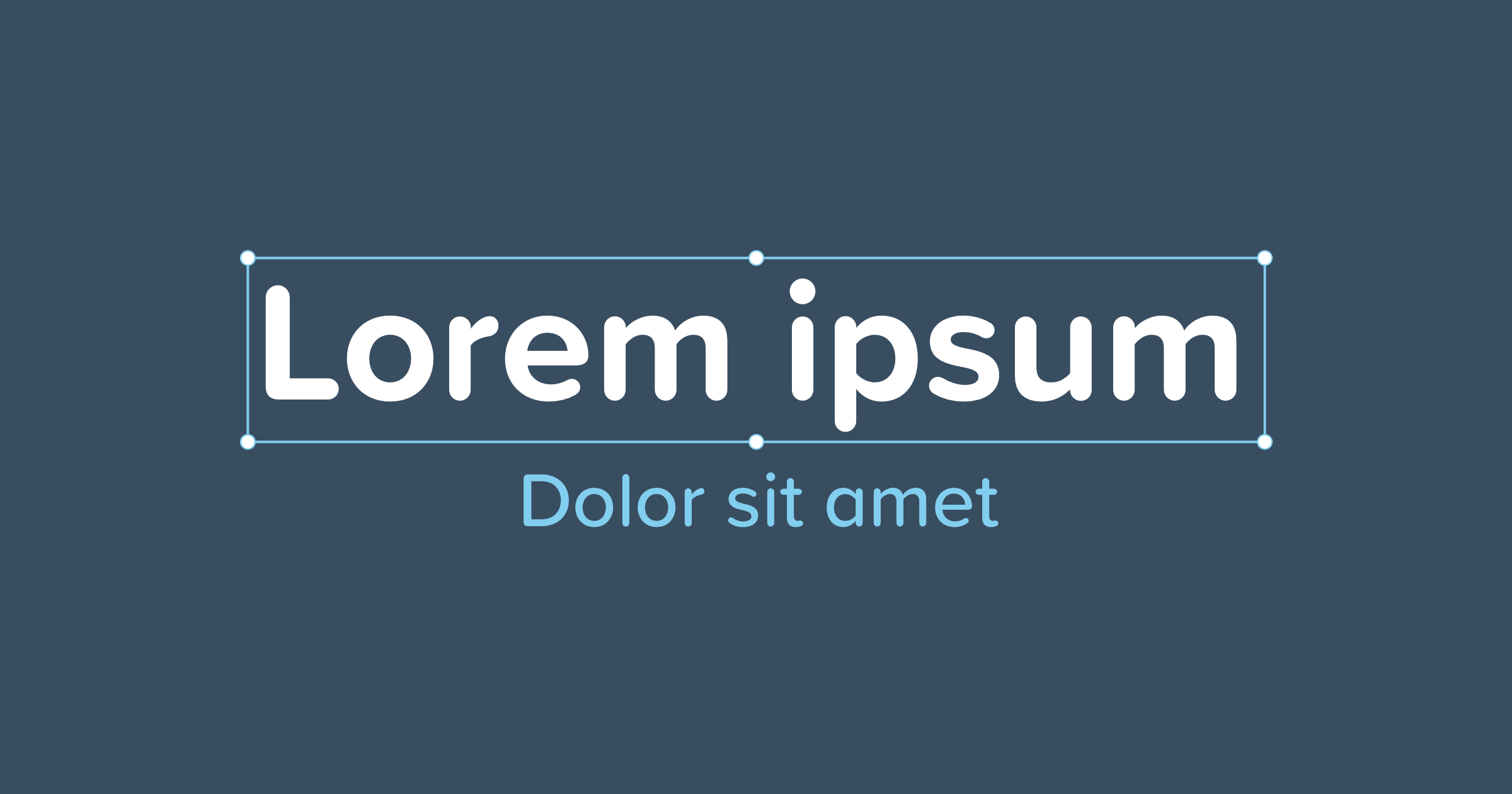In today’s competitive digital landscape, user experience (UX) plays a crucial role in determining the success of websites, apps, and any digital product. UX focuses on how users interact with a product or service, ensuring that their journey is seamless, intuitive, and satisfying. But what exactly does UX mean, why is it so important, and how does it differ from user interface (UI)? Let’s dive into these questions and explore the world of UX and UI.
What is UX?
UX, or User Experience, is a broad field that encompasses everything related to how users interact with a product or service. It involves understanding users’ needs, goals, and behaviors to design an experience that is as intuitive and enjoyable as possible. UX is not just about making something “look good”—it’s about making sure that users can navigate a product easily, solve problems efficiently, and feel satisfied throughout the process.
UX designers research, test, and iterate to ensure that all elements of a product, from layout to functionality, work well together. They aim to improve the overall experience by creating user-centered designs that reduce friction, enhance usability, and increase customer satisfaction. UX is often considered the backbone of a digital product because it focuses on the overall feel and interaction, guiding users toward their goals effortlessly.
Why is UX Important?
A positive user experience is critical for the success of any digital product. Here are several reasons why UX matters:
- Increased User Engagement: If your website or app is easy to navigate and pleasant to use, visitors are more likely to stay engaged, explore more content, and even return in the future. A poor UX, on the other hand, can drive users away, leading to higher bounce rates and lower retention.
- Higher Conversion Rates: A well-designed UX leads users smoothly through a conversion funnel, whether it’s completing a purchase, signing up for a newsletter, or filling out a contact form. When the process is intuitive and user-friendly, users are more likely to follow through with the action you want them to take.
- Customer Satisfaction and Loyalty: A positive UX fosters trust and satisfaction. When users have a smooth, enjoyable experience, they are more likely to develop brand loyalty. This can result in long-term relationships and repeat business.
- Reduced Support Costs: If users can easily navigate and use your product, they will need less customer support. A well-designed UX reduces confusion, minimizes errors, and eliminates frustrations, which helps reduce the need for constant troubleshooting.
- Competitive Advantage: In a crowded marketplace, a strong UX can differentiate your product from competitors. People are more likely to choose a product that offers a better user experience, even if it’s not the cheapest option. A great UX can be a deciding factor in whether users stick with your brand or look for alternatives.
What is UI and How Does it Differ from UX?
Although UX and UI are often used interchangeably, they are two distinct aspects of the design process. While UX focuses on the overall user journey and experience, UI (User Interface) deals specifically with the visual and interactive elements of a product.
User Interface (UI) refers to:
- The design of the product’s interface elements, such as buttons, icons, typography, color schemes, and layout.
- The focus is on the aesthetics and visual appeal of the product, ensuring that the interface is attractive, clear, and easy to interact with.
The key differences between UX and UI are:
- Focus Area:
• UX: Focuses on the user’s journey and overall experience with the product. It’s about making sure that the product is functional, intuitive, and meets the user’s needs.
• UI: Focuses on the visual and interactive aspects. It’s about the design and layout of elements that the user interacts with, such as buttons, menus, and icons. - Goal:
• UX: The goal of UX is to create a product that users can navigate and use easily and that helps them achieve their objectives quickly and efficiently.
• UI: The goal of UI is to make the product visually appealing and ensure that the interface elements are easy to understand and interact with. - Process:
• UX: Involves research, user testing, wireframing, prototyping, and analysis. UX designers often use feedback from real users to iterate and refine the product’s design.
• UI: Involves graphic design, layout design, and creating interactive elements. UI designers focus on the look and feel of the product, making sure it is aesthetically pleasing and functional. - Outcome:
• UX: The outcome of good UX is a smooth, intuitive, and efficient user journey. The product should feel natural to use, with minimal obstacles or confusion.
• UI: The outcome of good UI is an aesthetically pleasing and visually coherent interface that aligns with the brand’s identity and enhances usability.
Why UX and UI Should Work Together
While UX and UI have different focuses, they should always work hand in hand to create a cohesive and successful product. Great UI without solid UX can lead to a product that looks good but is difficult to use. On the flip side, excellent UX with poor UI can result in a product that is functional but not visually engaging. When both aspects are thoughtfully designed and aligned, the result is a product that is both easy to use and enjoyable to interact with.
Conclusion
In short, UX is all about the user’s overall experience with your product or service, ensuring it is smooth, intuitive, and satisfying. UI, on the other hand, is concerned with the look and feel of the product, making sure it is visually appealing and easy to interact with. Both are essential to creating a successful digital product. Understanding the differences and how they complement each other can help you design products that not only look great but also work flawlessly.


